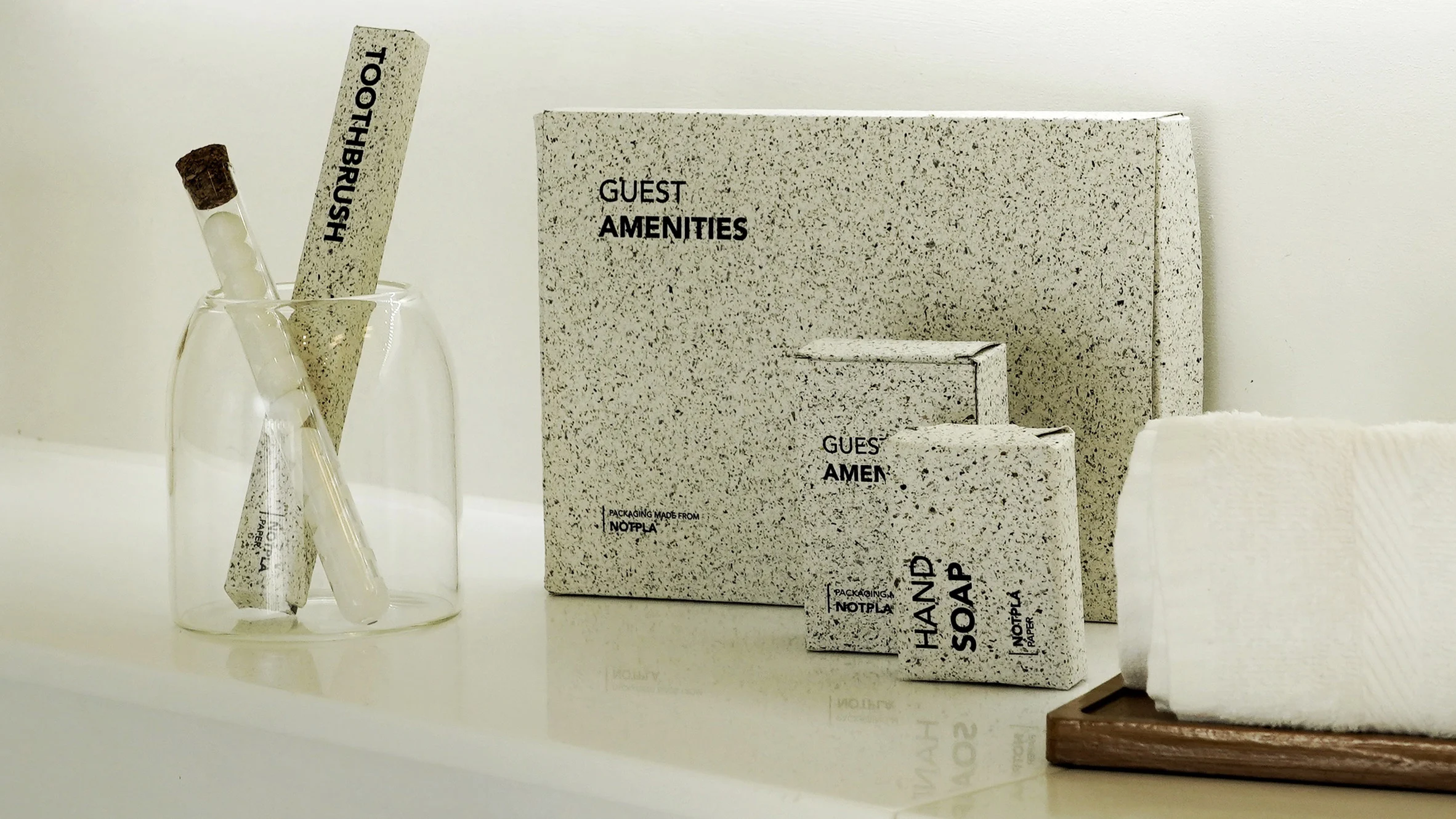Cutting-Edge Innovations in Packaging- Companies Like Notpla and Ecovative Are Reducing Plastics in 2025
As global awareness around sustainability intensifies, companies are stepping up their game to rethink how products are packaged. The challenge is no longer just about reducing environmental harm—it’s about finding innovative ways to balance eco-friendly solutions with cost savings. With 2025 around the corner, several groundbreaking advancements are already reshaping the packaging industry, and procurement professionals are paying close attention.
The Shift Towards Sustainable Packaging
For many businesses, sustainable packaging has moved from an optional initiative to a strategic necessity. Governments across the UK and Europe are enforcing stricter regulations on single-use plastics and carbon emissions, pushing companies to innovate.
According to the British Plastics Federation, packaging makes up over 40% of total plastic usage globally, making it a major focus area for sustainable procurement. Companies are turning to materials like compostable bioplastics, plant-based alternatives, and recycled materials to reduce their carbon footprint.
Key Innovations and Startups Leading the Charge
Seaweed-Based Packaging
Startups like Notpla (UK-based) are pioneering packaging made from seaweed. Notpla’s solutions are fully biodegradable and compostable, requiring no fossil fuels. Seaweed packaging is being adopted by food and beverage companies as a replacement for single-use plastics. The innovation not only cuts waste but also provides an affordable, scalable alternative.
Mushroom Packaging
Ecovative Design has revolutionised sustainable packaging by creating materials from mushroom roots (mycelium). Already being used for protective packaging in electronics and furniture, mycelium packaging offers a lightweight yet durable solution. Companies like Dell and IKEA have adopted these materials to replace Styrofoam.
Recycled Plastic Innovations
While reducing virgin plastic usage, companies like Loop Industries are pioneering technology that transforms waste plastics into high-quality packaging. This creates a circular loop, where packaging can be reused and recycled indefinitely. Coca-Cola UK has partnered with Loop to produce bottles made of 100% recycled plastic.
Plant-Based Alternatives
Biopac and Vegware, both UK companies, focus on creating plant-based packaging for food and retail. Their compostable products are widely used in supermarkets and food delivery services, aligning with the growing demand for greener takeaway options.
Smart Packaging with Blockchain Integration
Tech-enabled solutions like Blockchain are making packaging traceable, allowing consumers to understand the origin of materials and their sustainability credentials. Brands like Nestlé and Unilever are using blockchain platforms to show full transparency in their supply chains, enabling consumers to verify the ethical and sustainable practices behind each product.
Balancing Sustainability and Cost Efficiency
For procurement professionals, reducing costs while enhancing sustainability can feel like a delicate balancing act. However, companies adopting circular economy principles—where waste materials are reintroduced into production—are finding a competitive edge.
For example, Tesco UK implemented reusable packaging initiatives with Loop and reported a reduction in packaging costs over time. Similarly, Marks & Spencer has cut costs by removing unnecessary plastic from their product lines and switching to recycled materials. These actions not only satisfy environmental regulations but also improve operational efficiency.
The Role of Procurement Professionals in 2025
Procurement teams are at the forefront of driving sustainable packaging initiatives. By aligning with innovative suppliers, monitoring life-cycle assessments, and adopting digital tools, they can transform packaging operations. Technologies like AI-driven sustainability dashboards allow procurement leaders to track supplier performance, measure carbon savings, and identify cost-saving opportunities.
Startups to Watch in 2025
Notpla – Seaweed-based packaging.
Ecovative Design – Mushroom-root packaging.
Sulapac – Wood-based alternatives to plastic.
Paptic – Recyclable fibre-based packaging.
Tipa – Compostable flexible packaging.
Looking Beyond 2025
The future of sustainable packaging isn’t just about reducing plastics but rethinking packaging altogether. Companies are exploring edible packaging, zero-waste delivery systems, and innovations that align with consumer demands for transparency. With the global market for sustainable packaging expected to reach £280 billion by 2025, organisations that invest in these solutions now will gain a significant advantage.
For procurement leaders, staying ahead means embracing sustainable innovation and partnering with trailblazing suppliers that combine cost efficiency and environmental responsibility.


